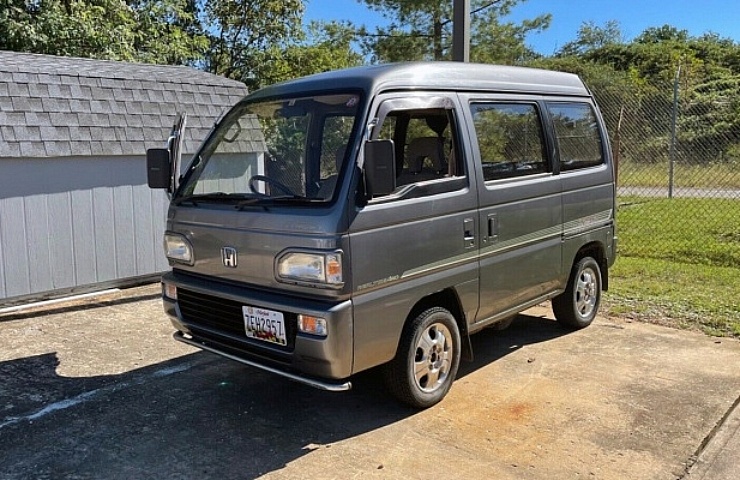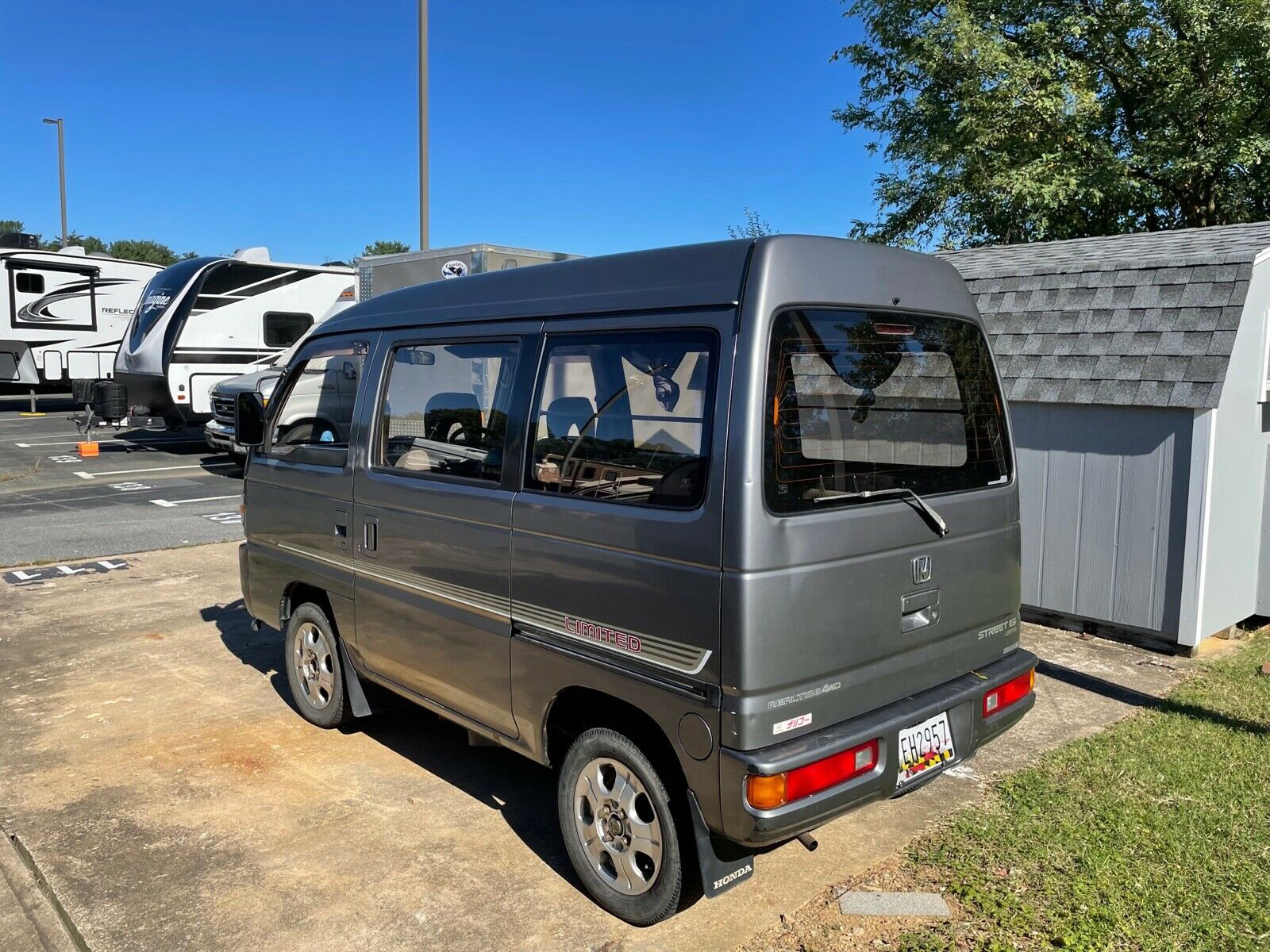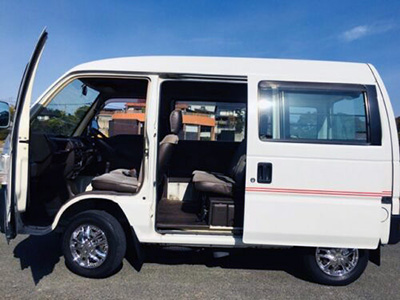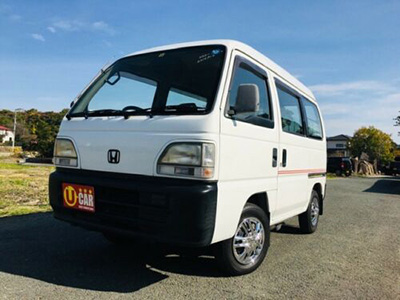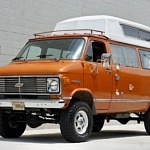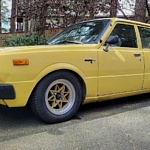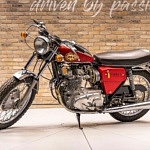The Honda Street Wagovan is part of the famous kei class of Japanese cars. Automakers design these vehicles to fit within Japan’s strict city-car regulations. By minimizing the size for use in crowded cities, kei cars earn valuable insurance and tax discounts.
While they were created for tight spaces in urban Japan, they seem ripe for conversion into a #VanLife adventure vehicle in the US. eBay has a small but relatively steady supply of these small but mighty four-seat vans.
Shop now for Honda WagovansThe Honda Street is the luxury passenger-van version of the Acty kei truck. Sometimes they are referred to as the Wagovan. But take note: These are not the Civic Wagovan offered in the US throughout the 1980s.
A Van (But the Length of a Car)
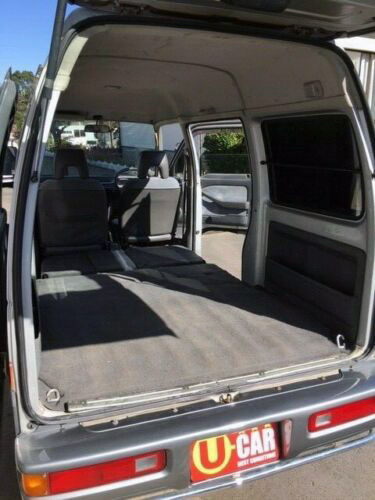
The Street’s rear seats fold flat, leaving a long cargo floor. At 11 feet, you might need to remove the front passenger seat to create enough space to stretch out.
The Honda Street Wagovans for sale now on eBay list for around $4,000. Importers did the hard work of registering it for American roads. The cost of importing a Japanese-market car run past $2,000.
The ones available on eBay (all 1996 models) are currently still in Japan—with the importer suggesting the transport cost of around $1,200.
Ready for Customization
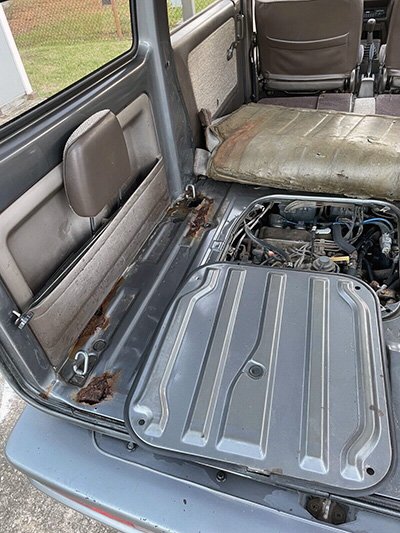
If you plan to convert one of these puppies for #VanLife, then make sure to leave access to the engine (under a panel within the cabin).
The dual sliding van doors make interior access excellent—and provide flexibility for adding a side awning to your base camp.
Save on the Vehicle, Invest in the Gear
These low-cost models, if left simple, will free up funds for outfitting the van for life on the road. Off-grid gear—such as cooking equipment, camping gear, and other RV accessories—is essential. A solar panel on the roof will allow you to charge vital accessories.
Just don’t expect to get anywhere quickly. The 656cc three-cylinder engine powering this 4-wheel drive van maxes out at 50 horsepower. The expected top speed is 65 miles per hour.
But #VanLife is all about slowing down to enjoy the ride—maxing out on a fun experience and expressing yourself. If that’s your vibe, a 1990s Honda kei van (or any number of small utility vehicles) can become an automotive statement about a laidback minimalist lifestyle in the 21st century.

